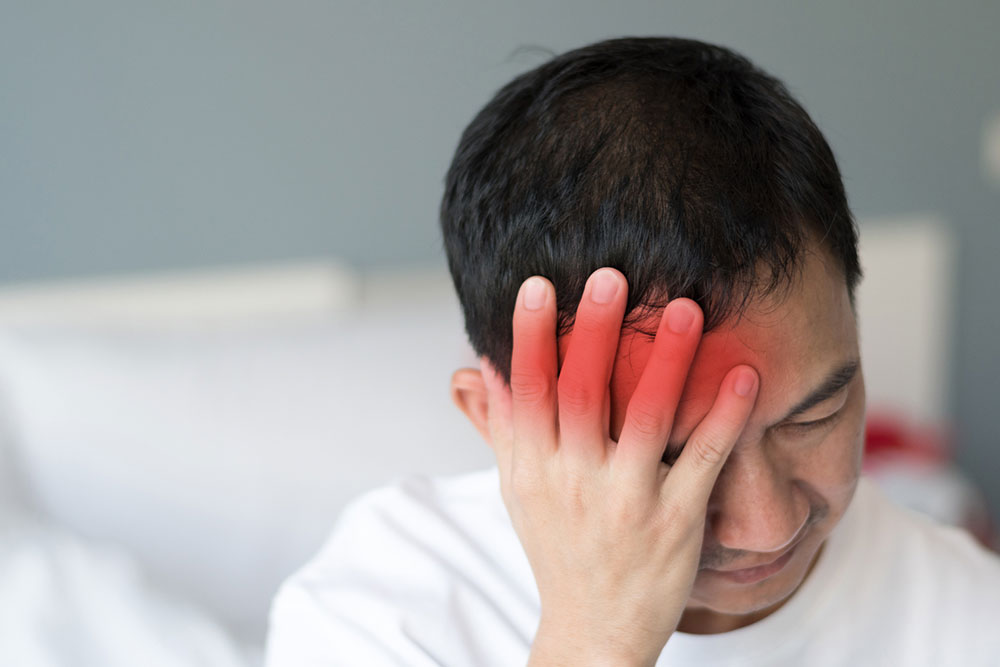A quick guide to reducing migraine symptoms
Migraine is a neurological condition that causes throbbing pain on either side of the head. Headache caused by migraine can last for several hours or even days. Though doctors and medical researchers have not found a definite cause of migraine, they believe it is the result of abnormal activity in the brain.
Symptoms of migraine in different stages
There are four phases of migraine, and each phase has different symptoms.
Prodrome phase – Constipation, mood changes, depression, food cravings, neck stiffness, increased thirst and urination, and frequent yawning.
Aura phase – Vision loss, visual phenomena, difficulty in speaking, uncontrollable jerking movements, and pins and needles sensation in arms and legs.

Attack phase (also known as the headache phase) – Pain on either side of the head, nausea and vomiting, blurred vision, throbbing pain, light sensitivity, and lightheadedness.
Postdrome phase – Dizziness, weakness, light sensitivity, moodiness, and confusion.
Migraine triggers
There are several triggers that can set off a migraine attack. These triggers include hormonal changes, physical causes, dietary triggers, certain medications, and environmental triggers. But not everyone is fully aware whether their migraine is triggered by environmental or other factors.
As some triggers cannot be avoided, people suffering from migraine can try and reduce the painful symptoms by trying different methods.
Ways to reduce migraine symptoms
Natural remedies – One can use lavender oil for inhalation. It can also be applied to the temples to help provide faster relief from the attack.
Acupressure is another effective natural therapy to treat an episode of migraine and provide temporary relief. Regular acupressure exercises can reduce the frequency of migraine symptoms.
Exercising and yoga – Exercising can include jogging, swimming, dancing, cycling, or brisk walking. Regular exercising keeps one healthy and alleviates the migraine condition. Similarly, yoga is known to provide calm and peace to the mind and body, which in turn reduces the mental tension, worries, and migraine symptoms.
Stress management – Stress is one of the main triggers of migraine; so, taking essential measures that helps in reducing stress can ease one’s migraine condition. Following a healthy diet, exercising regularly, and keeping the mind free from tension and worry are some ways to reduce stress.
Medication – Doctors often recommend medicines that are designed to treat migraine. These medications not only provide relief from migraine but also prevent the attacks. Migraine medicines can be categorized into two types — pain relieving and preventive medication.
Pain-relieving medications – They are taken at the time of an attack in order to provide immediate relief.
Preventive medications – Migraine patients are advised to take these medicines regularly to reduce the occurrence of migraine attacks as well as their severity.

